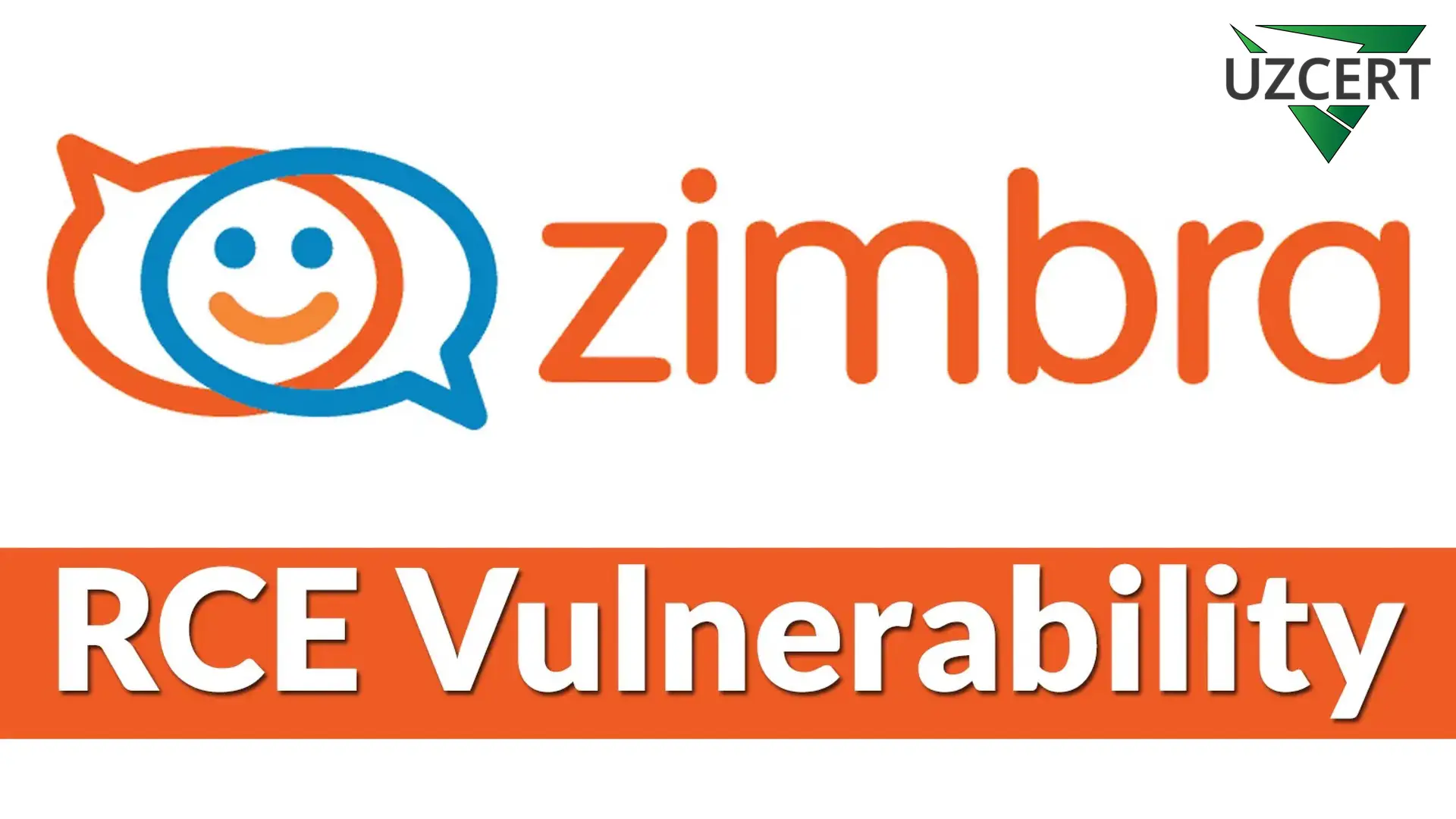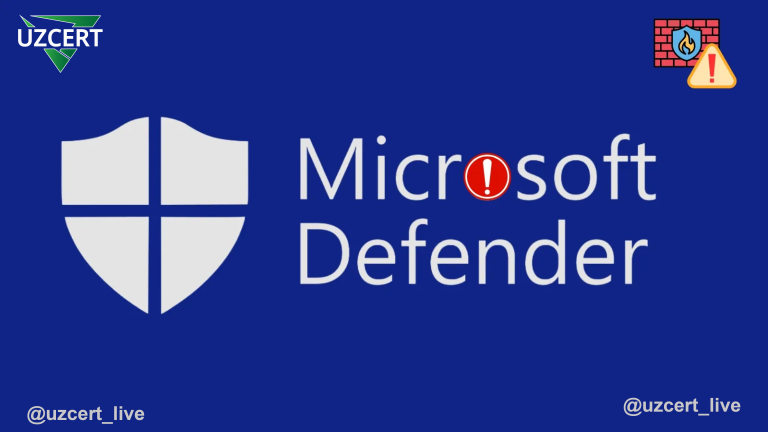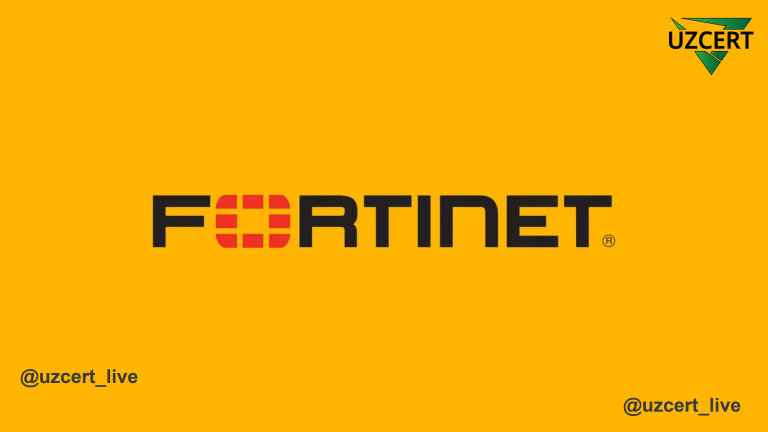
High-level vulnerability discovered in Zimbra
Zimbra is an open source email and collaboration platform used by many companies and organizations around the world. But open source systems need to be constantly monitored for security, as they are open to new vulnerabilities and hacker attacks. CVE-2024-45519, discovered in 2024, is one of the vulnerabilities in Zimbra that can seriously compromise system security.
CVE-2024-45519 is a vulnerability in the Zimbra platform that could allow attackers to allow remote code execution (RCE). This vulnerability is due to insufficient verification of user input in a certain module of the system or causing code execution on the server through unsanitized data. An attacker could use this vulnerability to execute their own malicious code and take control of the entire Zimbra system.
The main risk of this vulnerability is that Zimbra is used by many companies and government agencies as an email and collaboration platform. Therefore, the CVE-2024-45519 vulnerability threatens the security of system data, including users’ personal data and e-mails. Hackers who successfully exploited this vulnerability could:
- Execute malicious code secretly on the system
- Theft of confidential information
- Conducting email attacks
- Disrupt or disable the system
To effectively protect against the CVE-2024-45519 vulnerability, the following measures are recommended:
- Software Update
Zimbra developers release security patches to address this vulnerability. The first step is to install updated versions of the Zimbra platform. Vulnerability CVE-2024-45519 may have been fixed through security updates. - Sanitization and validation of inputs
Proper validation and sanitization of input data is a key defense. Data coming through all entry points (forms, URL parameters) on the Zimbra server must be fully filtered and invalid data rejected. Technical measures should be taken to prevent unsanitized inputs from executing malicious code. - Additional firewalls and tools
Firewalls such as Web Application Firewall (WAF) can be installed on Zimbra servers. Malicious inputs and attack attempts are automatically blocked through these walls. Also, IDS/IPS (Intrusion Detection and Prevention Systems) systems should be used to monitor and detect input anomalies. - Minimum user rights
User rights should be limited to a minimum. This is done by reducing the rights of users working with excessive rights in the system and giving only the necessary level of rights. Such a policy limits the capabilities of an attacker and complicates the execution of malicious code. - System monitoring and security audit
It is recommended to use tools such as SIEM (Security Information and Event Management) to continuously monitor system activity and identify signs of attack. System administrators should take immediate action when any suspicious activity is observed. Regular security audits help prevent vulnerabilities.
Here are some more fixes to help prevent CVE-2024-45519
Enhancing TLS encryption: Increasing the level of encryption in data transmission with Zimbra servers prevents data from being read by third parties.
Enhancing user authentication: Using technologies such as two-factor authentication (2FA) limits an attacker’s access to the system.
Network Analysis: Monitoring any changes or activities in the network allows early detection of attacks.
CVE-2024-45519 is a critical vulnerability in Zimbra that could allow users to gain complete control over systems. To protect against this vulnerability, first install the latest Zimbra updates and perform proper data sanitization. Vulnerabilities like CVE-2024-45519 can be effectively protected by additional measures such as monitoring, network security, and user rights management.



